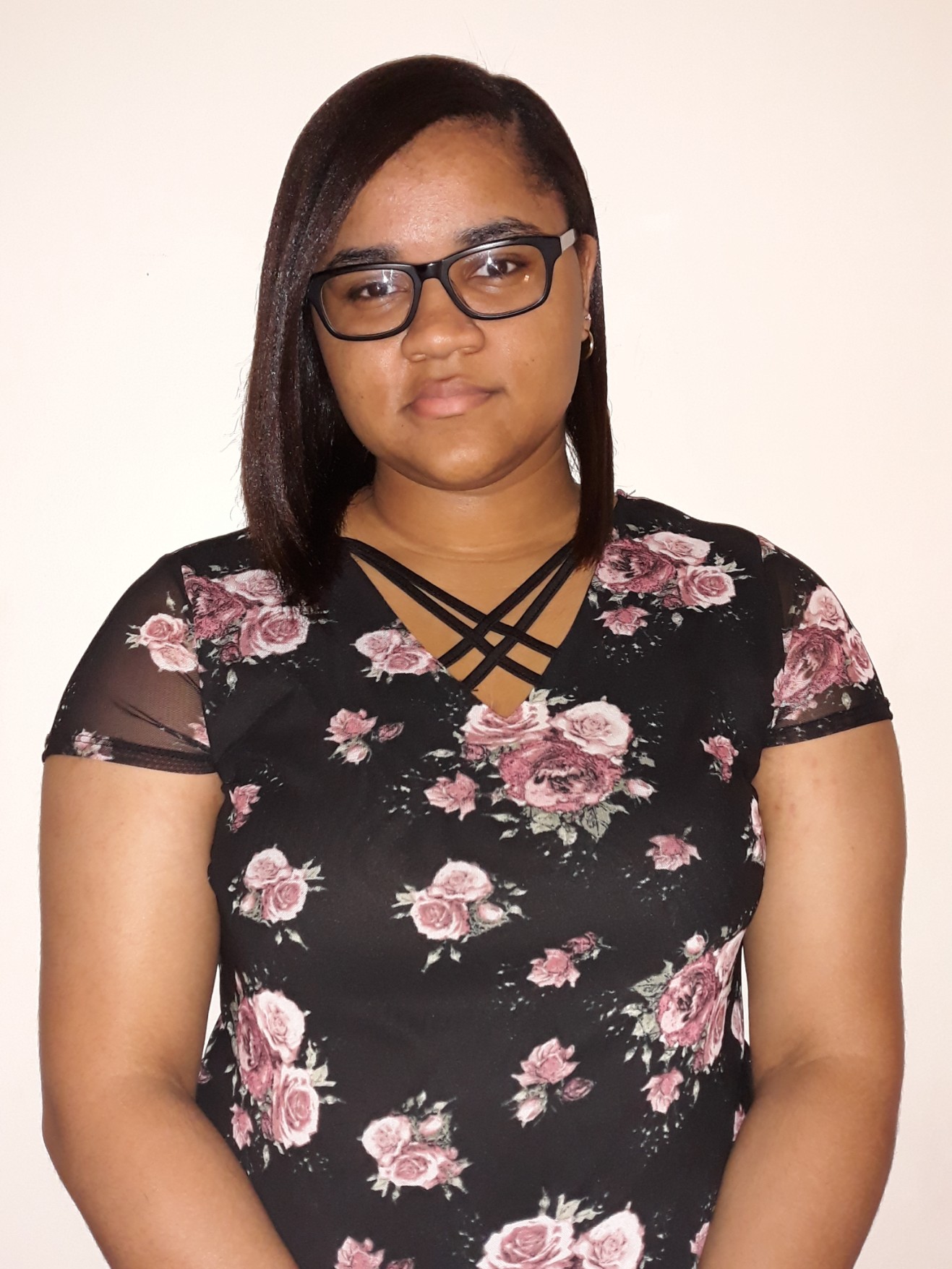
Authors who have preferred traditional print publication in the past are now turning to digital publishing to catapult their careers. Kindle publishing is the pathway for allowing authors expansion with their audience and more control over their books. New authors and established authors are using Kindle to break through the barriers that traditional publishing places their authors.
Benefits of using Kindle Publishing
According to Benefits of Kindle Publishing for New Authors , “Through the Kindle publishing system, you can sell your eBooks on Amazon’s websites around the world, and you can earn up to 70% per sale! There are some basic requirements to achieve the 70% payouts, such as a minimum price of $2.99”. Kindle publishing is giving authors the potential of having a massive audience worldwide.
The pros & cons of Traditional Publishingexplains, “Writers can face dozens, even hundreds of rejections from both agents and publishing houses before their book makes to print”. Authors that use traditional publishing lose more than they gain. Through traditional publishing, an author is not able to easily make changes to their books because they have to go through editors and publishers. Authors lose their creativity control when it comes to their craft. Publishing houses have the final say in the book’s title, cover, and pricing. However, this leaves authors at the mercy of the publishing houses powers.
Meanwhile, authors who use Kindle publishing have the advantage of quickly making adjustments. Creators that use Kindle have more authority and creative control over their books. Authors can make changes to their book quickly and efficiently. Kindle can also update the price of preexisting e-books in the market.
Feedback for Authors
Kindle allows authors to get direct feedback from their audience. The readers can leave comments about how they felt about the book. Many readers do not suppress their feelings on the changes they think the author should make or their writing style. The feedback from readers will show the author if they are targeting the right genre or audience. An author’s primary focus is to appeal to their audience, and if they are not, then their failing.
Kindle Authors
John Locke is the eighth independent author to sell a million on the Kindle book store. He saw Kindle publishing as a platform for authors who were not given a chance to show their work to the world. According to John Locke Becomes the First Independently Published Author to Join the “Kindle Million Club” ,
“Kindle Direct Publishing has provided an opportunity for independent authors to compete on a level playing field with the giants of the bookselling industry,” said John Locke. “Not only did KDP give me a chance, but they also helped at every turn. Quite simply, KDP is the greatest friend an author can have.”
Locke struggled to sell his books early in his career, but as he began to promote his book through twitter and other cites, consistently his sells began to pick grow. As a result, he has had multiple bestsellers as his career progresses.
Amanda Hocking’s is the 26 –years-old “Kindle Millionaire” who sold over a million electronic copies of her self-published paranormal romance book. Multiple agents and publishing companies had denied Hockings, but Kindle publishing became the way she could achieve her dreams. According to Steven Spatz’s “Amanda Hocking Made Millions By Selling 99-cent Books — And You Can, Too,
“Hocking had written a series of novels over the preceding nine years, each of which had been rejected by countless agents and publishing houses. She decided, sitting in her apartment, to put them up for sale on Amazon. She listed the first at 99 cents.”(Writing Cooperative ).
Through Kindle, she has been able to make a living out of her writing. She has been able to call all the shots. Hocking has created a stable career for herself without having to spend as much money as traditional writers.
The authors who choose to use Kindle publishing have more advantages of getting more money and opportunities through their writings. Kindle publishing has become the pathway for established and new authors to have the chance of becoming a bestseller without an agent or traditional publishing company.








